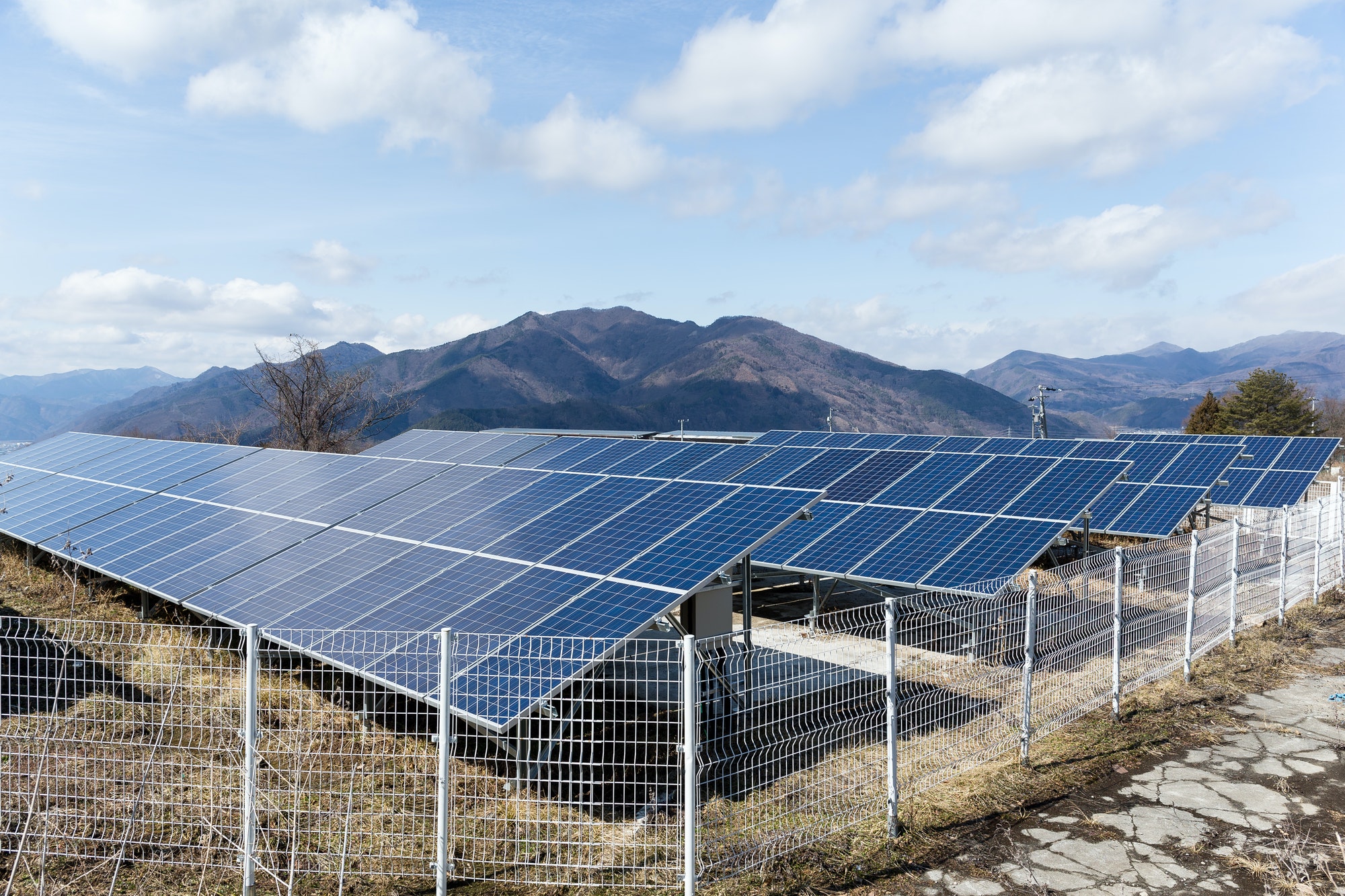Utility / MW Scale Solar
In recent years utility-scale power plants have seen a significant boost in India. India currently boasts nearly 26 GW of power from utility-scale solar energy plants. These plants can promptly fulfill the Renewable Purchase Obligation (RPO) of the utilities while powering the grid with clean and green energy. Further, this shall also enable the country to meet its target of 60 GW by 2022.
The trend in solar prices has been adventitious. The tumbling down prices from INR 13/kWh to as low as INR 2.22/kWh in mere 8 years has been staggering. This change is attributed to the attractive policies and enabling regulations from the government. Additionally, the intense competition in the reverse auction with reduced borrowing rates, and a drastic reduction in prices of (Chinese) solar module has been key factors (to name a few) in this price development.
Advantages Of On-Grid Systems
- Utilize the 100% power then and there generated and supply the excess power to Govt, when an adequate load is not there to consume the generation.
- This Solar system will reduce power and diesel consumption. This is the most common type of system for larger power consumers.
- On-Grid Solar system fully utilizes the solar in first priority and then for the remaining differential power need, the load will consume from the grid.
- This system is just connected to the meter and becomes a seamless part of the grid.
- This is the most economically viable topology, where a battery bank is not required.
- Savings from the system lead to a payback period of up to 5 years. After that, End-user gets free power for more than 20 years with a meager O&M cost.
- When the power goes off, still we need to run the generator for reference to the On-grid Solar plant, however, the fuel consumption cost will be coming lower.


The grid connect inverter converts the DC electricity produced by the solar panels into 240V/415V AC electricity, which can then be used by the Consumer.
If a grid connects system is producing more power than is being consumed, the surplus is fed into the mains power grid to Govt. & the Govt. will adjust the same in your next electricity bill or pay you for the same.
Aadhan Solar provides Turnkey Solar EPC solutions entangled in Land Procurement, Liaisoning, Design & Engineering, Procurement, Construction, Evacuation, and Operation & Maintenance Services and ensures peace-of-mind to the customers in the long-term.
Financing Models Of Developing Mw Scale Solar Pv Power Plants
- Capex (Capital Expenditure) Model in Open Access or Group Captive mode:
In the CAPEX model, the End user will invest in the complete system with the EPC and this would be the End User’s own system forever. The End User will avail the cheapest cost electricity for the next 25 plus years with meager O&M cost. - Opex (Operational Expenditure) Model / BOOT (Built-Operate-Own-Transfer) Model (Pay per unit with Power Purchase Agreement):
In Opex Model, the Solar Service Provider will invest on behalf of the end user with an agreement for purchasing the solar power for a differential cost for a mutually agreed fixed tenure and transfer the system to the end user after the tenures.

The above pie chart represents a tentative breakup of utility-scale solar power plants. It is clear that while there is a reduction in module cost, it would take a major chunk of while setting up a power plant.

Advantages Of On Grid Systems
- 100% Strict adherence to Commitments Vs Deliverables
- Deploying European Standards
- Pro-active Preventive Maintenance Services
- Hassle-free Operation & Maintenance Services
- Agile & committed, Design & Engineering team of expertise.
India’s chronic energy shortage not only leads to frustrating power cuts throughout the country but also translates into individuals and companies having to spend excessive amounts on diesel generators to ensure backup power. A study carried out by The Federation of Indian Chambers Of Commerce And Industry (FICCI) suggests that 1/3 of all industrial units in the county suffer power cuts for more than 10 hours every week. The same report suggested that more than 61% companies suffered a production loss greater of than 10% due to power cuts. Solar energy either on rooftops or on available ground nearby can prove to be an astute investment providing the comfort of clean-tech energy at a cheaper rate then the prevalent diesel generators.
Aadhan solar Capabilities
With our in-house engineering and construction teams, we strive to leverage our technical experience and industry know-how to develop the most cost-effective and energy-efficient PV solar plants in the industry. We provide complete end-to-end solutions including complete Engineering, Procurement, and Construction (EPC) services for our customers seeking to build solar power plants in India and beyond.
Extremely quick project completion times and industry-high generation levels are reflective of the high-quality benchmarks set by Aadhan Solar in India’s solar photovoltaic space. Solar PV plants executed by us consistently have the highest CUF (Capacity Utilization Factor) ratios in the country. Our world-class project management teams ensure we complete the project in the fastest possible time period without compromising on quality.
A quick glance over the monthly generation reports executed by Aadhan Solar Energy will reflect our high benchmarks in the quality execution of solar PV projects. We assist customers seeking to use solar power right from the planning stage through the entire operational life of the project. This includes providing our customers with a complete financial return and cash flow analysis of the solar power project including providing advisory services that help customers navigate all government policy issues, land procurement issues, tax benefits, subsidies, and regulatory approvals to successfully install Solar photovoltaic plants.
Captive Consumption
The solar energy produced during the day can be used directly by the end consumer. The consumer also has the option of using a battery backup to ensure a 24/7 power supply from the solar source. Many large companies install their own captive power plants (coal/gas/diesel or renewable) to ensure continuous power supply. Solar PV, with its drastic reduction in costs over the last 5 years, could prove to be a godsend for these energy-starved companies. Rising diesel prices and growing uncertainty in coal supplies have ensured that Solar PV is a relatively highly reliable and consistent source of energy.
Feed In Tariff Based Grid Connected Systems
Various Government and State policies are promoting the feeding of energy produced from solar into the grid at incentivized tariffs to ensure additional energy supply at peak hours. This ensures an attractive return on equity for these investments in solar energy with a consistent long-term revenue stream. With utility electricity prices reaching all-time highs, Solar PV can prove to be a highly cost-effective source of electricity for both private consumption and grid-connected systems.


